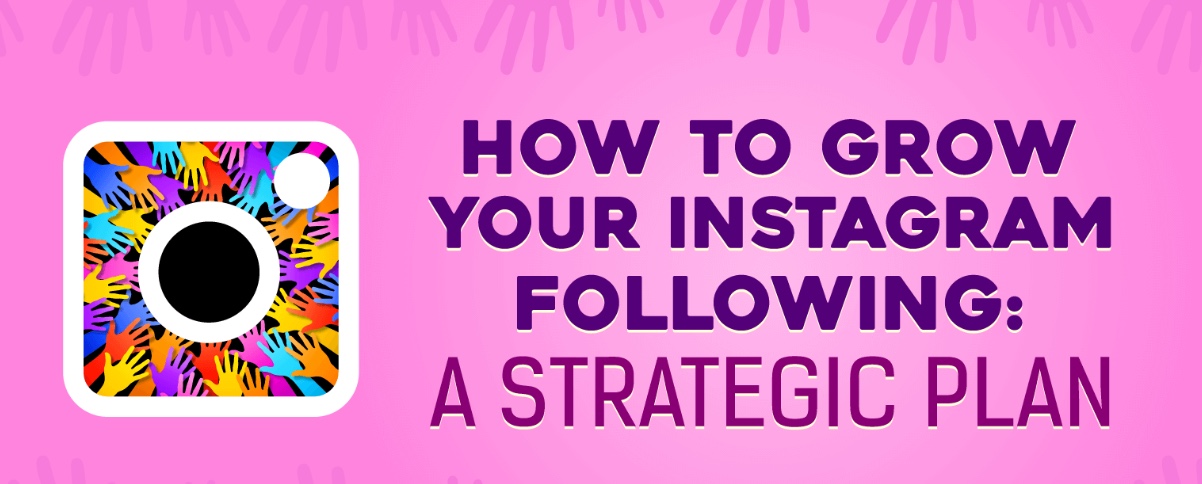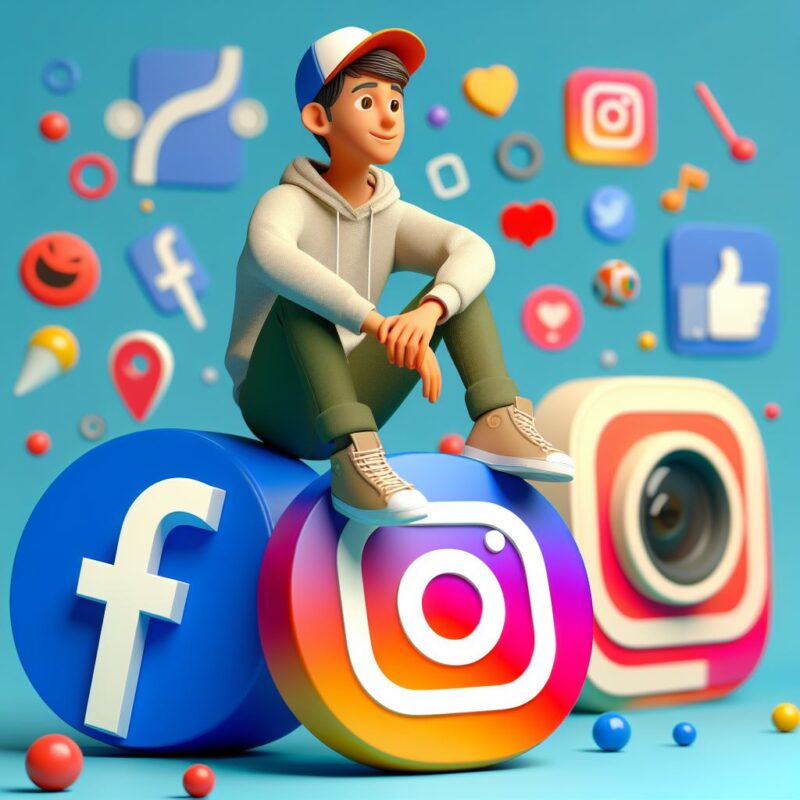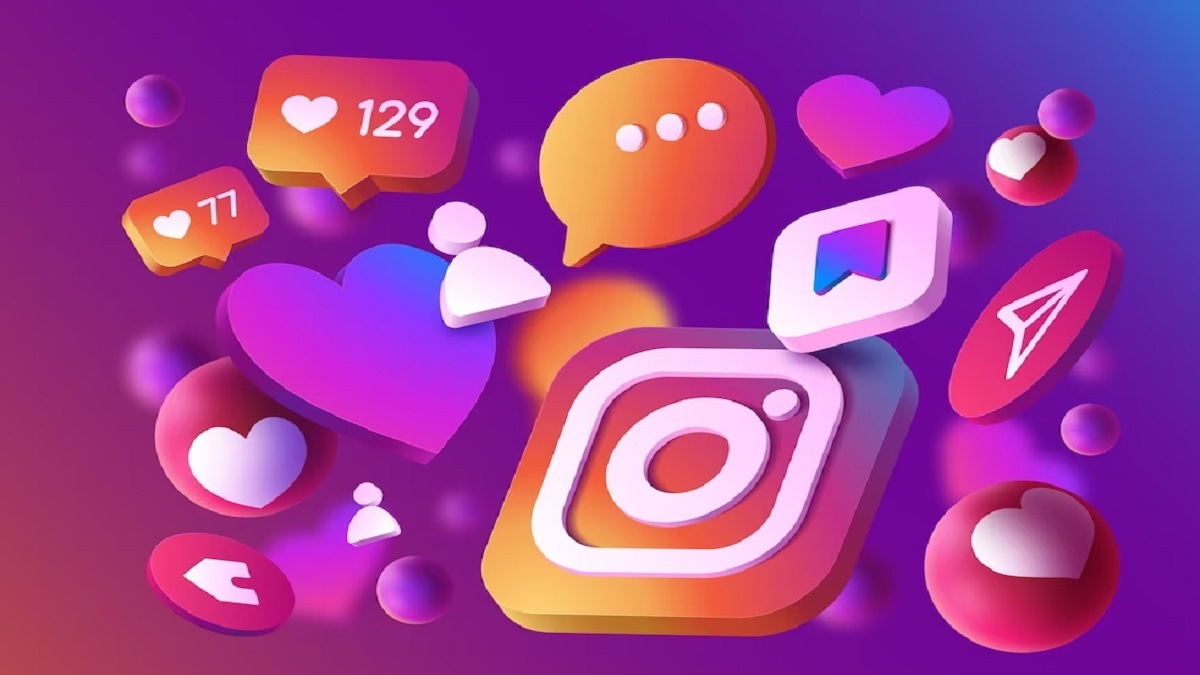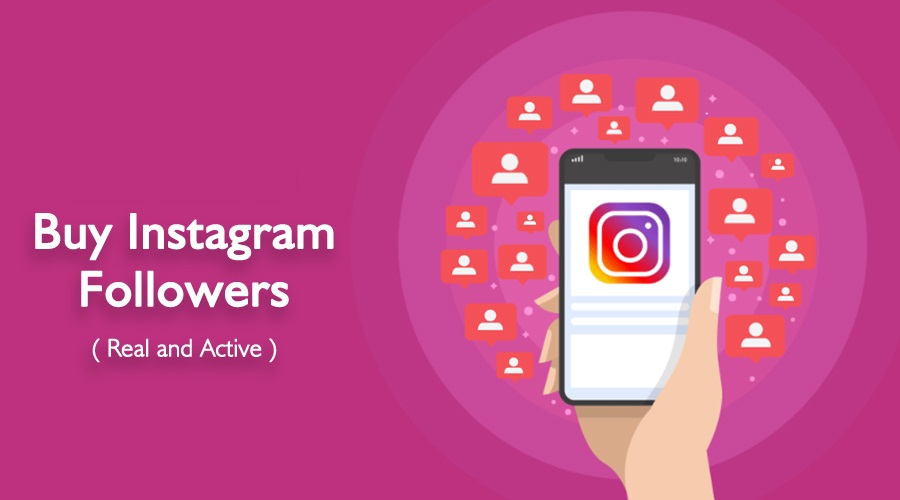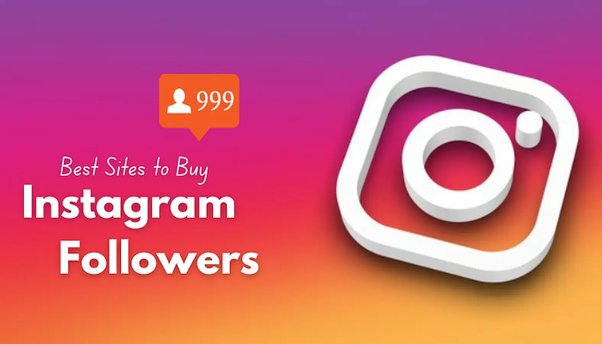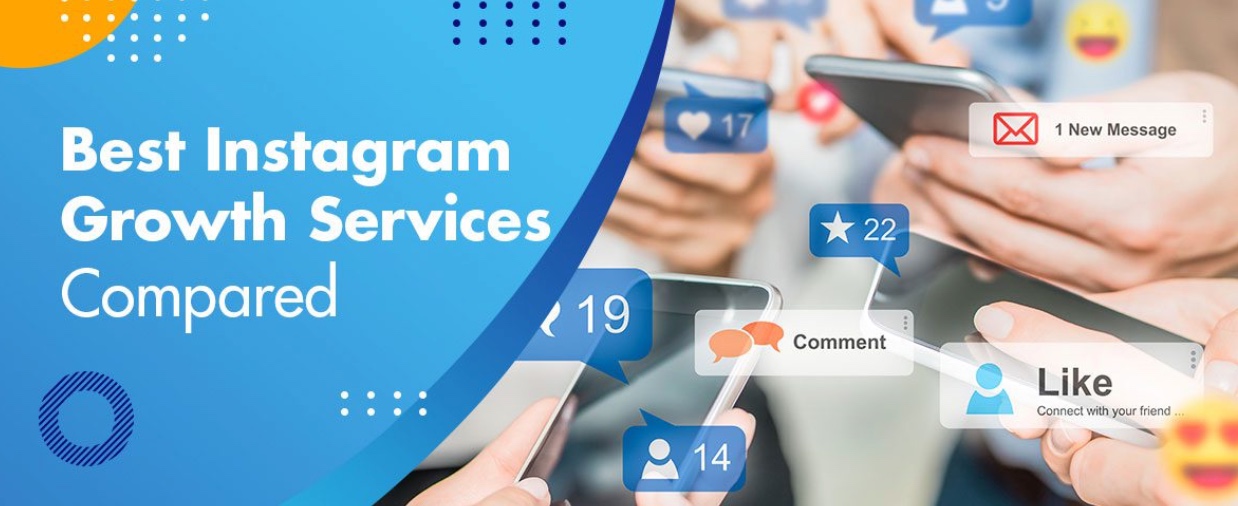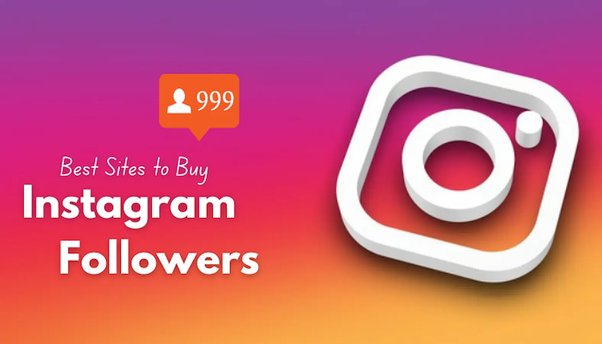Instagram influencers have become adept at turning their social media presence into lucrative revenue streams, leveraging their large followings and engaged audiences to partner with brands and monetize their content. Here are some of the primary revenue streams for Instagram influencers:
- Sponsored Content: One of the most common ways for influencers to make money on Instagram is through sponsored content partnerships with brands. In these collaborations, influencers create posts or stories featuring products or services provided by the brand. They are typically compensated with a fee, free products, or both, depending on the terms of the partnership.
- Affiliate Marketing: Many influencers earn commissions by promoting affiliate products on their Instagram accounts. They include affiliate links in their posts or stories, and when their followers make purchases through those links, the influencers receive a percentage of the sales revenue. Affiliate marketing allows influencers to monetize their recommendations and endorsements.
- Brand Ambassadorships: Influencers may enter into longer-term partnerships with brands as brand ambassadors. In these arrangements, influencers represent the brand over an extended period, promoting its products or services in multiple posts or campaigns. Brand ambassadorships often involve higher compensation than individual sponsored posts.
- Ad Revenue: Instagram influencers with large followings may be eligible to monetize their accounts through ad revenue. This typically involves partnering with third-party ad networks or platforms that place ads within the influencers’ content. Influencers earn a share of the revenue generated by the ads displayed to their followers.
- Digital Products and Services: Some influencers create and sell their digital products or services to their followers. These may include e-books, online courses, consulting services, or exclusive content subscriptions. By leveraging their expertise and credibility, influencers can generate revenue directly from their audience.
- Events and Workshops: Influencers may host live events, workshops, or meet-and-greets for their followers, offering opportunities for in-person engagement and monetization. Tickets to these events may be sold to attendees, and sponsors may provide support or sponsorship for the event.
- Merchandise Sales: Influencers often capitalize on their personal brand by selling branded merchandise, such as clothing, accessories, or lifestyle products. They promote these products on their Instagram accounts and sell them through e-commerce platforms or their websites.
Overall, Buy Instagram Followers have a diverse range of revenue streams available to them, allowing them to monetize their content and capitalize on their influence in various ways. By strategically leveraging these revenue streams, influencers can turn their passion for content creation into a profitable business.
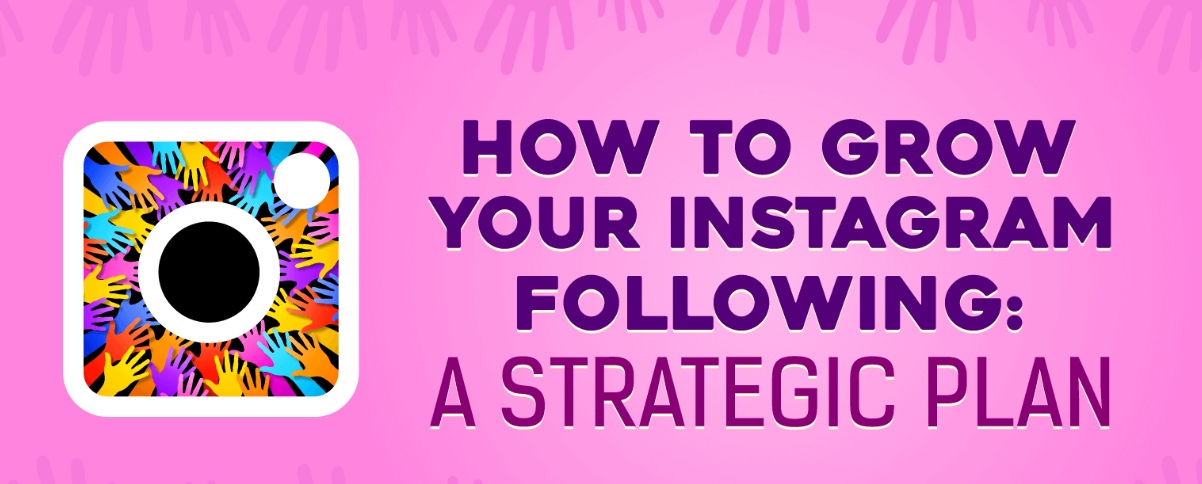
Influencers: Understanding Their Role in Social Media
Understanding the different categories of influencers is crucial for brands and marketers when devising their influencer marketing strategies. Each category offers unique advantages and considerations based on factors like audience size, engagement rate, and niche specialization.
Mega-Influencers: Mega-influencers, with their massive following and celebrity status, have the potential to reach millions of people with a single post. While their reach is undeniable, their engagement rates may not be as high compared to smaller influencers. However, they offer broad exposure and can be effective for large-scale brand awareness campaigns.
Macro-Influencers: Macro-influencers strike a balance between reach and engagement. With a follower count ranging from half a million to one million, they have a sizable audience and often possess a strong personal brand. Brands partnering with macro-influencers can benefit from their influence and credibility within specific niches or industries.
Micro-Influencers: Micro-influencers are known for their niche expertise and high engagement rates. With follower counts typically ranging from 10,000 to 100,000, they have a more intimate connection with their audience and can offer authentic recommendations. Brands collaborating with micro-influencers can expect higher levels of engagement and targeted reach within specific communities or demographics.
Nano-Influencers: Nano-influencers may have the smallest reach in terms of follower count, but they often boast the highest engagement rates. With followers numbering in the hundreds or low thousands, nano-influencers have a tight-knit community of highly engaged followers. Brands partnering with nano-influencers can benefit from authentic, personalized content that resonates deeply with their audience.
Ultimately, the choice of influencer category depends on the brand’s goals, target audience, and budget. By understanding the unique characteristics of each influencer category, brands can tailor their influencer marketing strategies for maximum impact and ROI.
Also Read : Mastering Instagram Post Templates: A Comprehensive Guide

Understanding the Earnings of Instagram Influencers
Understanding the earnings of Instagram influencers involves recognizing the various revenue streams available to them. Influencers, individuals who have built a significant following on the platform, can monetize their online presence in several ways:
- Sponsored Content: Brands pay influencers to promote their products or services through sponsored posts, stories, or videos. Influencers negotiate fees based on factors such as their reach, engagement rate, and the nature of the campaign.
- Affiliate Marketing: Influencers earn commissions by promoting products or services through affiliate links or discount codes. They receive a percentage of the sales generated through their referrals, providing a passive income stream.
- Brand Partnerships: Long-term collaborations with brands as brand ambassadors or advocates can yield stable income for influencers. These partnerships often involve creating content, attending events, and endorsing products or campaigns.
- Ad Revenue: Instagram influencers with a significant following may qualify for the Instagram Partner Program, allowing them to monetize their IGTV videos through advertising. They earn a share of the revenue generated from ads displayed to their viewers.
- Product Sales: Influencers may develop and sell their products, merchandise, or digital offerings. By leveraging their personal brand and audience, they can generate revenue directly from product sales while maintaining creative control.
- Event Sponsorships and Speaking Engagements: Influencers may be hired to participate in speaking engagements, workshops, or host events. Brands, organizations, or conferences may sponsor or pay influencers to share their expertise, insights, or engage with their audience.
The earnings of Instagram influencers vary widely depending on factors such as their niche, audience size, engagement rate, and the quality of their content. Successful influencers often diversify their revenue streams and explore multiple monetization strategies to maximize their earning potential and build sustainable careers in the digital space.
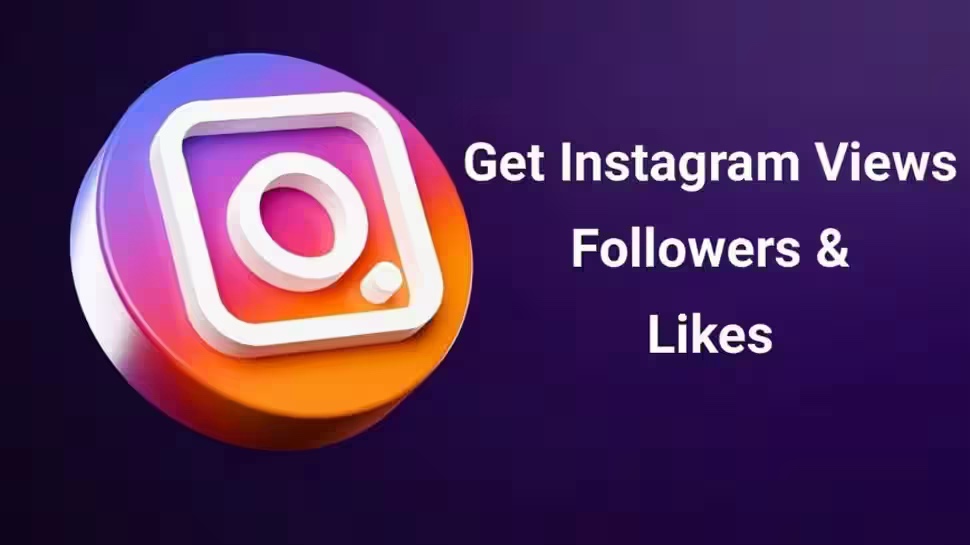
Exploring How Instagram Influencers Generate Revenue Through Brand Deals
Exploring how Instagram influencers generate revenue through brand deals reveals a dynamic landscape of collaboration and partnership opportunities. Here’s a closer look at the process:
- Brand Collaboration: Influencers collaborate with brands to create sponsored content that promotes products or services. These collaborations can take various forms, including sponsored posts, stories, IGTV videos, or dedicated campaigns. Brands compensate influencers for their promotional efforts, often based on factors such as reach, engagement, and the scope of the partnership.
- Negotiating Contracts: Influencers negotiate contracts with brands to outline the terms of the collaboration, including deliverables, timelines, compensation, and usage rights. Contracts may specify the number of posts, content guidelines, payment terms, and any exclusivity clauses. Negotiating fair compensation is crucial for influencers to ensure they are adequately compensated for their work.
- Content Creation: Influencers leverage their creativity and storytelling skills to create engaging and authentic content that resonates with their audience while promoting the brand’s message or product. They may integrate the brand into their existing content seamlessly or develop custom campaigns tailored to the brand’s objectives and target audience.
- Disclosure and Transparency: Influencers are required to disclose their sponsored partnerships transparently to maintain trust and compliance with advertising regulations. They often use hashtags such as #ad, #sponsored, or #paidpartnership to indicate sponsored content. Transparency is essential for preserving authenticity and credibility with their audience.
- Performance Metrics: Brands evaluate the success of influencer partnerships based on key performance metrics such as reach, engagement, clicks, conversions, and return on investment (ROI). Influencers may provide performance reports or analytics to demonstrate the effectiveness of their campaigns and justify their fees.
- Long-Term Relationships: Successful influencers cultivate long-term relationships with brands to secure repeat collaborations and ongoing partnerships. Building trust, delivering results, and demonstrating professionalism are essential for fostering mutually beneficial relationships with brands over time.
Overall, brand deals represent a significant source of revenue for Instagram influencers, enabling them to monetize their influence, creativity, and expertise while providing value to brands seeking to reach their target audience authentically.

